Glimpsing the Metaverse: Gaming, Community, and Productivity in the New Normal
Early March 2020, we locked down and logged on. And that accelerated several long-standing theories about the logical progression of the internet and software. Where exactly are we headed?
Our children now attend classes on Zoom. We watch athletes on Twitch instead of the typical TV and SVOD services. The doorbell rings, the daily Amazon delivery shows up, and we briefly remember that there’s a whole layer of the economy we don’t see too often anymore, a physical supply chain fulfilling the requests we make as clicks and taps and voice commands.
https://twitter.com/ja2ke/status/938072027411255296
Few of these behaviors are completely new and some of them were already baked into our routines. Some, if not many, things will ease back to the way they were. But the impact of our collective withdrawal into WiFi-abundant homes surely gives us a glimpse of changes ahead.
In this moment, that vector of change points toward the Metaverse, a concept borne from science fiction and embraced by Big Tech and indie techies alike, which envisions the next instance of the internet as one in which virtual spaces and worlds “converge with actual reality.”
To date, it’s been easy to write this off. For most of us, the prevailing view of the Metaverse was the Hollywood articulation, where citizens jack-in and roam a parallel reality with video game topography. Hopes of mainstream virtual worlds were not to be taken seriously. But now arrives the Metaverse of the mundane.
A sketch of some of the tech and trends shaping Metaverse 1.0:
Two months into the new normal, we’re starting to pick up strong signals about how entertainment, work, school, and common modes of social interaction will change. What can we expect in the near future?
I. Video games will guide the way
There is nothing surprising about the fact that video game usage is skyrocketing during a shelter-in-place situation. The largest captive audience of all time is stuck at home, wanting to move around, explore, and compete, all while connecting. Any game with a built-in social element can thrive in these conditions. Activision Blizzard alone, who produce the CoD series, have reported an average 407 million online users per month during the year’s first quarter (read more on the growth of the Call of Duty audience)
Look beyond the consoles and the hardware, beyond the game titles themselves, and what’s striking is the rapid growth in adoption of software that makes up the broader gaming ecosystem. Platforms like Discord (community chat channels), Twitch (video live streaming), and Roblox (game creation) are finding product-market fit outside of gaming, providing tools for creation, distribution, and social connection that work in other contexts and unlock a long tail of use cases.
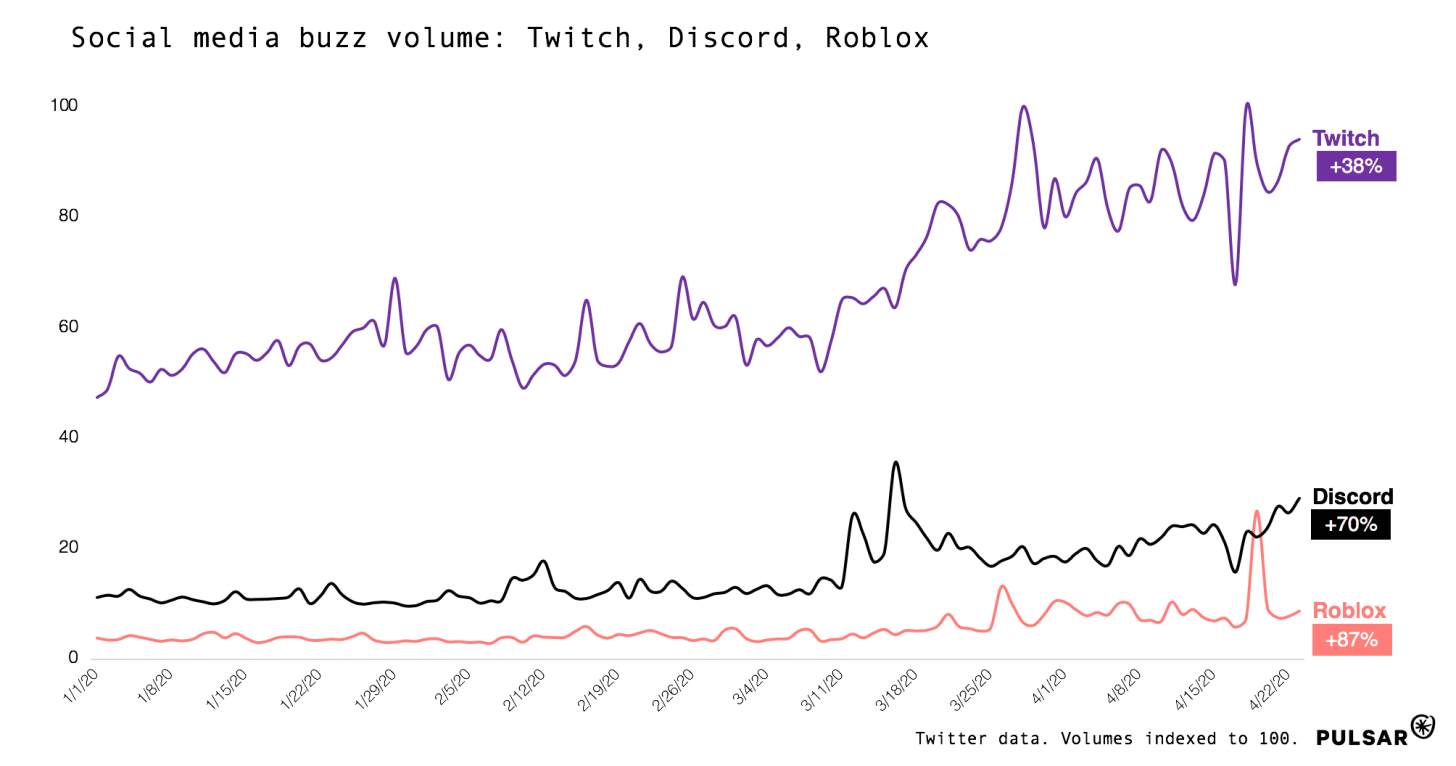
From a software perspective, video games and the products in their orbit are really special. Games uniquely integrate elements of storytelling, competition, community, and sensory payoff; games equip players with tools and data and situate them in a goal-oriented environment. Movies or TikTok can’t quite deliver all of that, and Zoom and Slack certainly don’t.
We can collaborate and accomplish both in games and through the gaming stack. Consumers and entrepreneurs are quickly recognizing the potential utility of video games and adjacent software to form communities, reach audiences and educate.
II. Spatial software is coming soon
So, do all of our apps become video games, or live within virtual worlds? No. But they will start to borrow design principles from the gaming ecosystem. Namely: space, presence, and physics.
Space & presence
The most obvious symptom of quarantine is a mounting desire for social interaction. But with each week and month spent inside, we’re also left craving more dimensionality in our day-to-day.
We wake up for work and see flat faces on screens. We review, compose, and send flat documents. Even with the latest hardware, we communicate and transact primarily through 2D interfaces that, while effective, leave a lot to be desired from an experience design perspective.
We want to inhabit a world again. With limited options for outdoor living and few public spaces afforded to us, we’ve turned to virtual spaces for relief. People are talking about taking joy rides in video games. Buzz about “virtual walks” has grown more than 1,000% since March 1st.
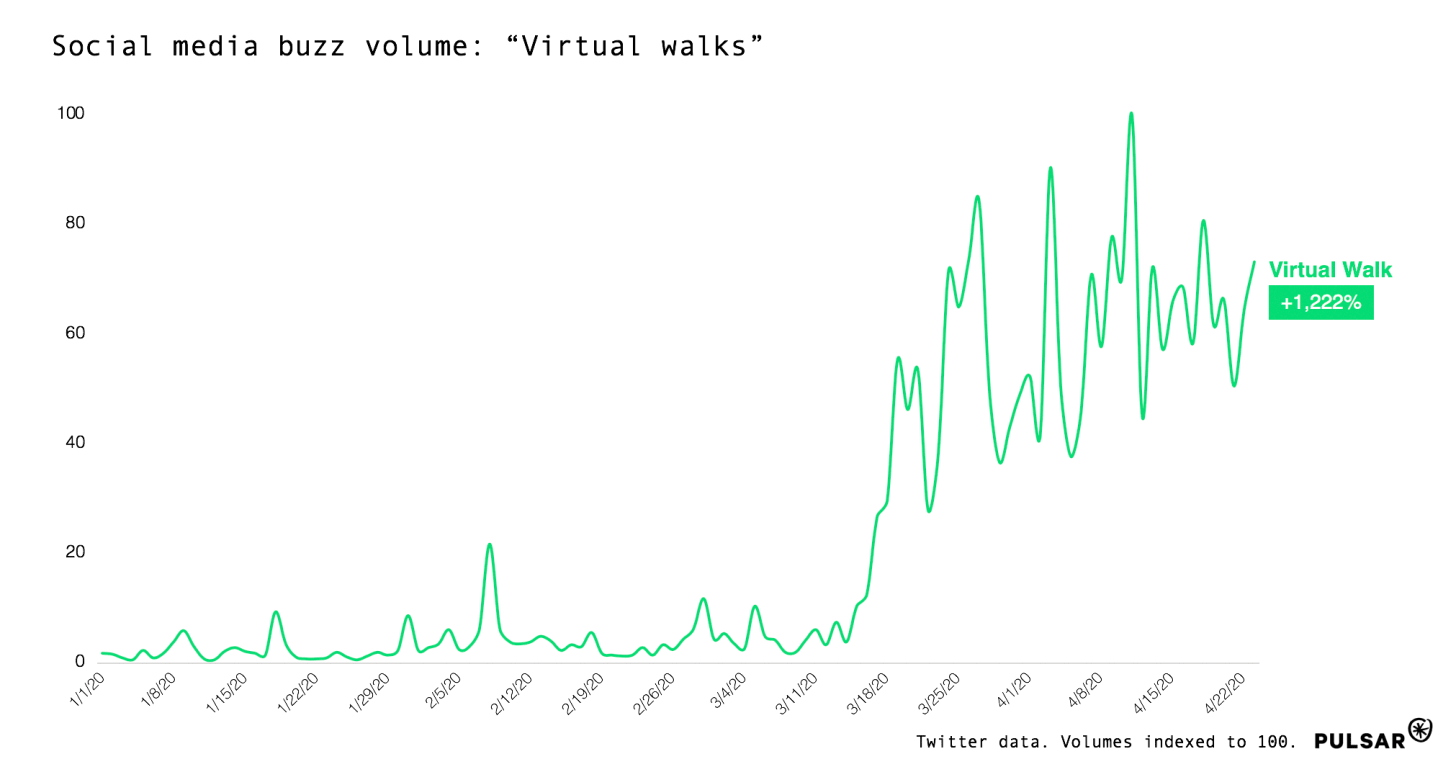
Even when we do get back out there and commute and dine and mingle, we will increasingly see the value of embodiment in digital space, a residual effect of months in quarantine. All these years into the internet and most moments online still feel like working or computing or “using” an app -- far from living. Each app-scape is basically a scroll of digital paper, draped over a database, with buttons, hyperlinks, and text fields sprinkled on top. It’s too reductive. We need some expanse.
The near future will see huge growth in social media and productivity software that places the user in some version of space, in relation to objects or goals or other users. More software will orient us on a map of tasks or content. Avatars -- whether basic shapes, likeness renderings, or super kawaii characters -- will promote a sense of presence. “Being there,” body language, and personal style (presence aesthetic) deserve digital equivalents that can help us overcome constraints like the limited visual frame and latency of video chats. There’s simply too much meaning and utility in embodiment to reserve it only for games.
Graph: Interest in “Kawaii.” Kawaii design elements can imply charm and vulnerability - useful qualities for developing a sense of presence and personhood in software.
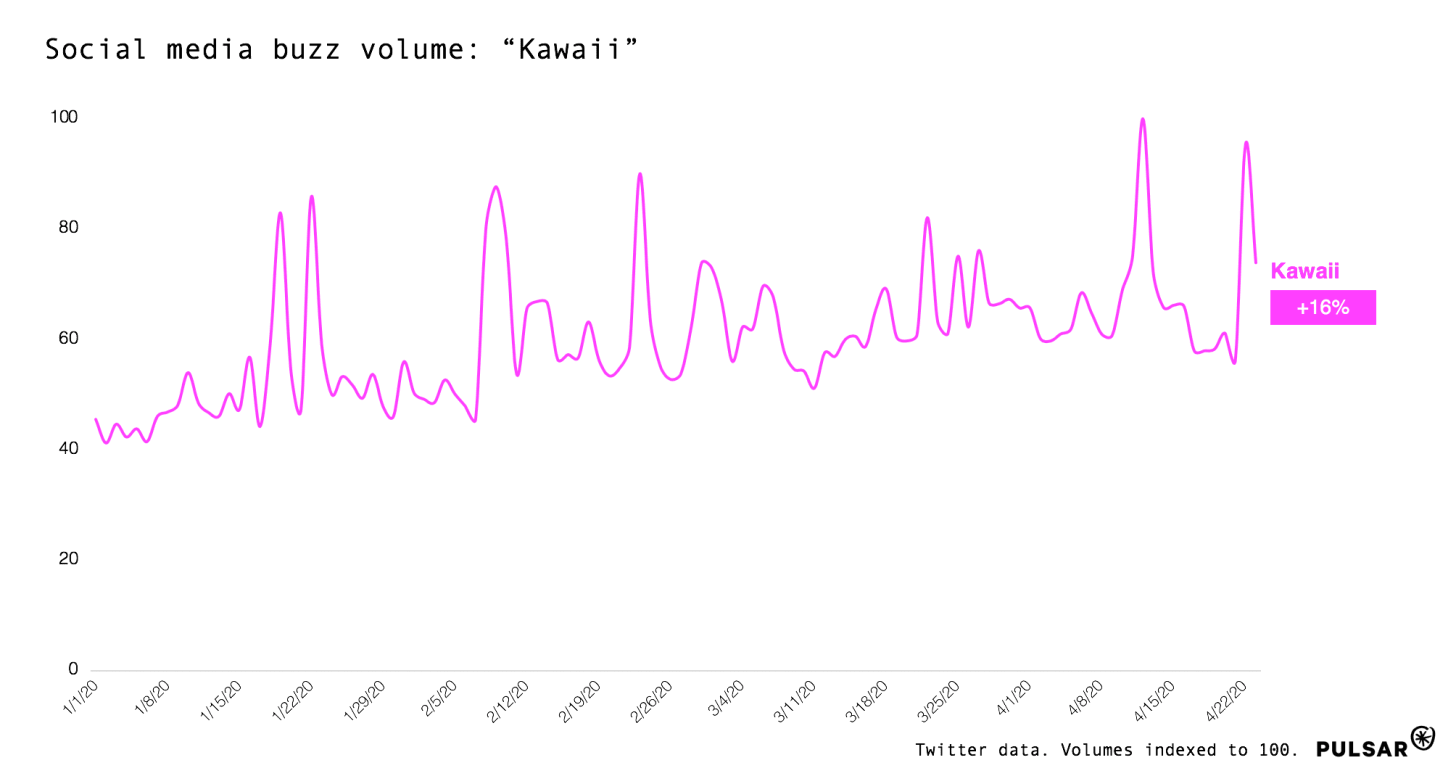
Let’s consider a couple off-the-cuff examples: What if, instead of scheduling a conventional remote meeting, you could “walk” up to your colleague or creative partner and invite them on a stroll through an outdoor gallery of logo designs you’ve been working on? What if teams could decouple their sense of productivity and time management from the calendar, instead “feeling” progress through a virtual journey from trailhead to summit, whereupon the new feature gets shipped?
We’re already starting to see this trend solidify in recently launched apps and digital gardens, includingCoda’s doc gallery, Elliot’s Virtual Mall, and Online Town, which brings a sense of presence to video chatting through video and avatars.
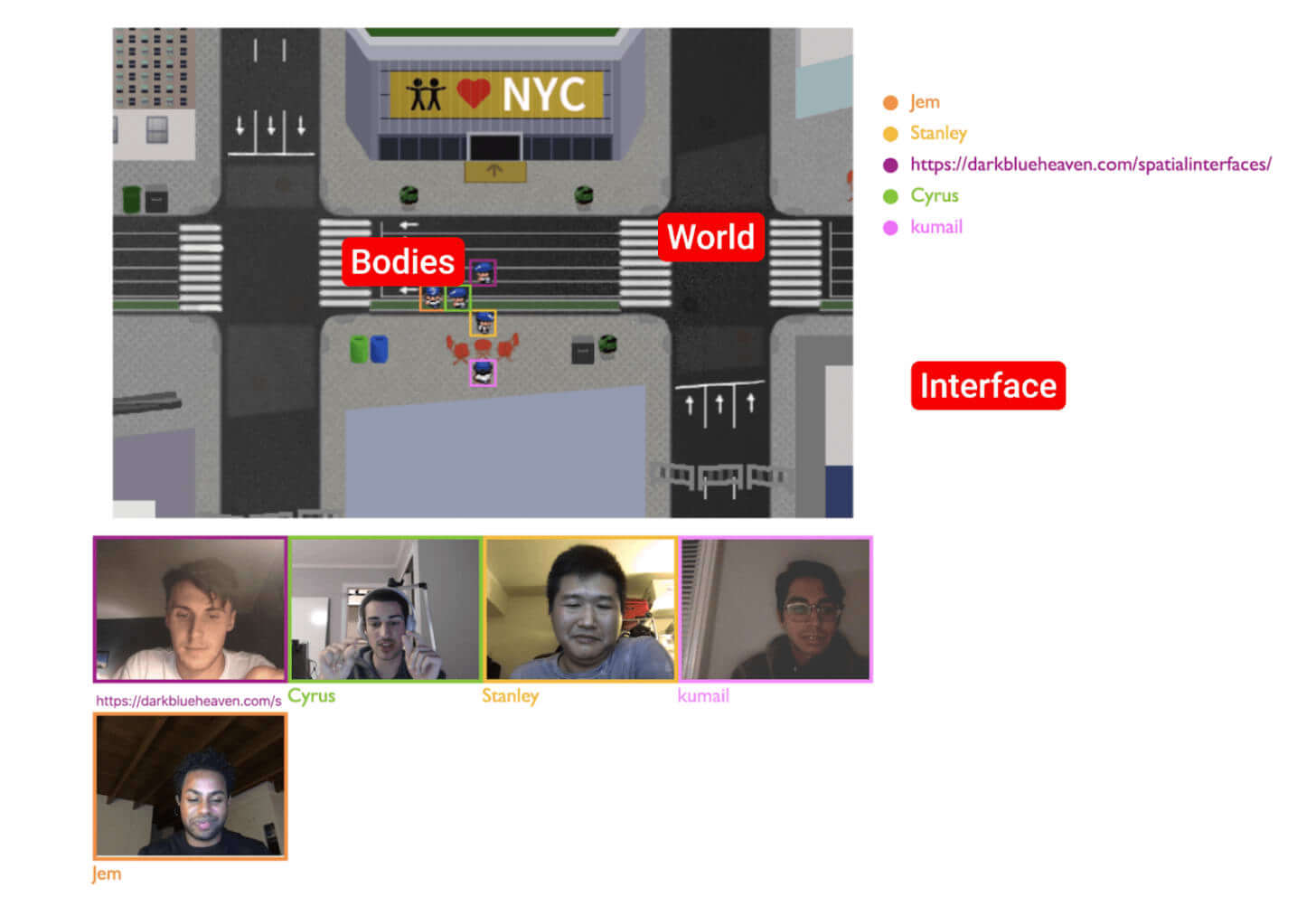
The internet presents us with billions of pieces of content, ideas, and items to shop, but a meager few modes of navigation or states of being while we’re working, surfing, shopping.
Expect a new generation of software designed for space and presence. To increase the experiential surface area of the internet would be to increase the potential for spontaneity and serendipity, unleashing a new generation of creativity and productivity.
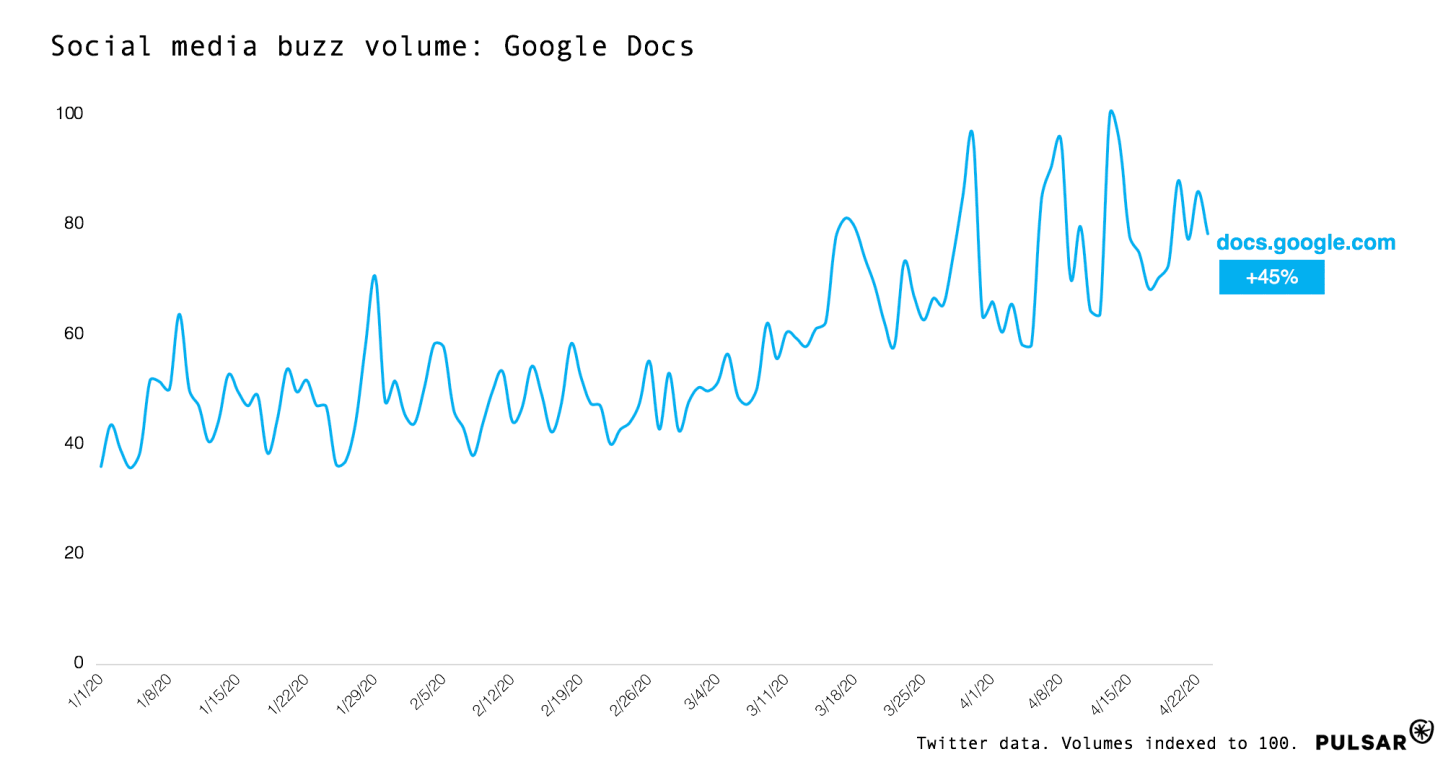
Physics
In addition to space and presence, video games and virtual worlds bring physics into software. Today, a virtual object can fall from a tree in a game and it will fall with the appropriate velocity as governed by the law of gravity. Tomorrow, perhaps there is a conceptual obstacle in your workstream, manifested as a “physical” object in the virtual world of your project management app, which your avatar can’t generate enough force to move on its own -- and so the game forces you to recruit your teammates to creatively push the problem and clear the path ahead.
Real world phenomena encoded in the digital experience serve a purpose beyond special effects. Perhaps virtual physics can make bookkeeping or graphic design or customer service feel a little bit more like embodied living. That would inject a new wave of productive energy into our projects which we undertake in non-physical space.
Some non-gamers might reject the thought of video game dynamics being the future of software because of the perception that video games are just figments of reality, juvenile, unserious. But the virtual worlds of video games are already powered by, and interlinked with, the natural world:

For most of media history, the masses consumed content. With the rise of the social web, we began to create and share content en masse. As video games and spatial software collide with social media, we now inhabit worlds, worlds that we will create more freely and experience more fully in the near future.
Post an edited version of one originally featured on the Vivid & Vague substack, by Marc Geffen.
